6. Jack Clayton for Room at the Top
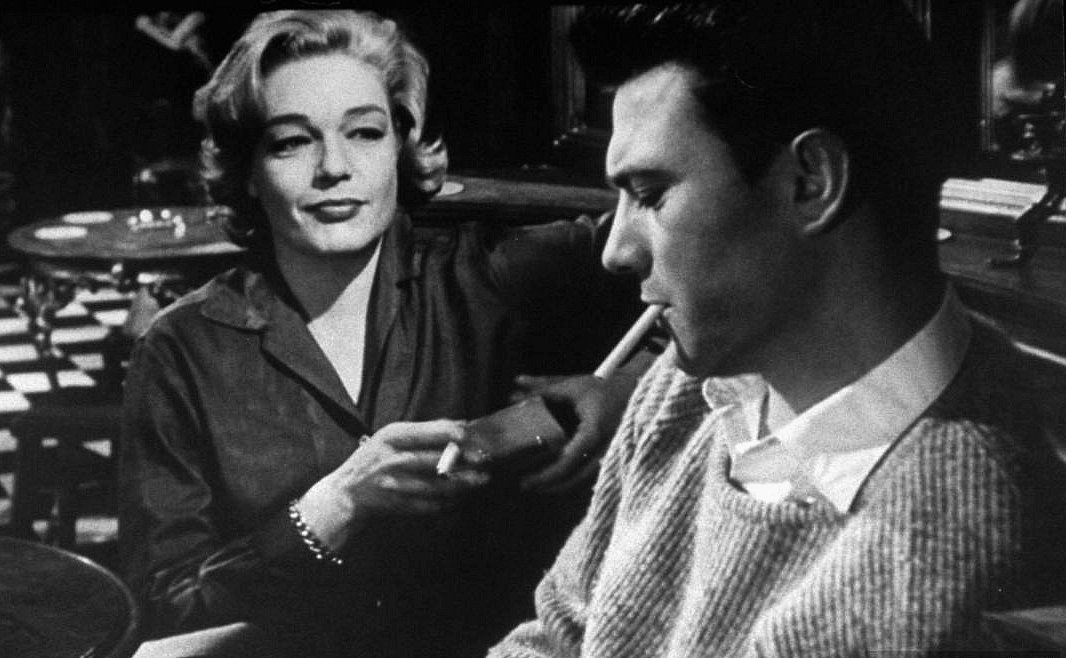
A film adaptation of a successful novel or play has several things to its advantage, but the enormous responsibility and expectation of the devoted fanbase are not one of them.
The Best Picture award often goes to those debutant directors who worked with the convenience of having material in hand that has already made in another medium, but the convenience is a double-edged sword. Jack Clayton was similarly presented with a tough challenge to satisfy both the new audience and the old readers.
The late 1950s was a time of social reconnaissance in the form of the new kitchen-sink realism. “Room at the Top” was arguably the first film of this new wave, which featured its working-class male protagonists as angry social outcasts who will push the limits to seize the social ladder in any cost. Apart from the significance of this film in the history of cinema, it was nominated for Best Picture at the Oscars and helped to swiftly launch Clayton’s career.
7. Jim Sheridan for My Left Foot
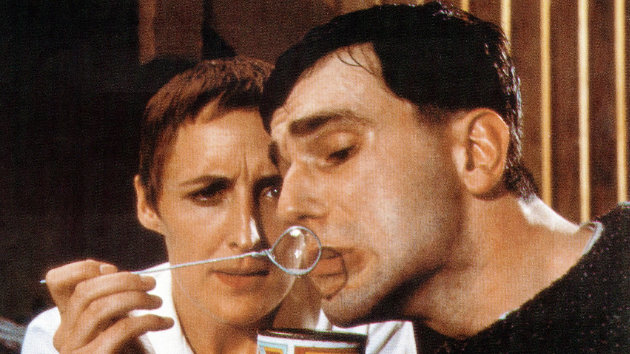
The real-life story of the cerebral palsy-affected painter Christy Brown is a magnificent one. In “My Left Foot,” the biographical drama based on Brown’s life, it is exactly the part where the difficulty lay, judging by the troubled history in Hollywood. Hollywood repeatedly sugar-coated biographical films and portrayed the protagonist as a larger-than-life hero to evoke an emotional response from its viewers, sacrificing the authenticity in the effect.
The most significant contribution from Jim Sheridan in the film was not to make it an overly sentimental piece just for the box office returns. By abstaining to exploit this loose ground, Sheridan made the film an intriguing one. This film got five nominations including Best Picture, but ultimately lost to “Driving Miss Daisy.”
8. Frank Darabont for The Shawshank Redemption
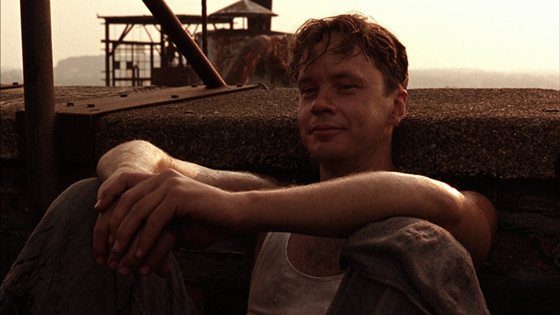
Generally, one of the first films to be watched by the beginner film buff because of its prominent place in the IMDb top 250 list, “The Shawshank Redemption” constantly appears on several must-see watch lists. It is also one of the most quoted films on social media, which helps to preserve its fame over the years.
The oak tree that was used as a location in the film has such a legacy that it was turned into memorabilia after it got burned by lighting. The same has happened to the prison site used in the film. Other than helping local tourism to grow, it is frequently cited by prominent people and general audience as a film that can change one’s life.
The genius of screenwriter Frank Darabont lies in adapting the film from a short novella “Rita Hayworth and Shawshank Redemption” by Stephen King, which the writer himself deemed impossible to translate for the screen. Darabont succeeded in this apparently impossible task with noteworthy help from Morgan Freeman, who was widely praised for his portrayal of Red, and ace cinematographer Roger Deakins.
The film was a box office flop, having stiff competition from “Pulp Fiction” and “Forrest Gump,” but gained several critical momenta. It helped Darabont to gain the Best Picture nomination at the Oscars with his debut, with six other nominations, but gained to secure none.
9. James L. Brook for Terms of Endearment
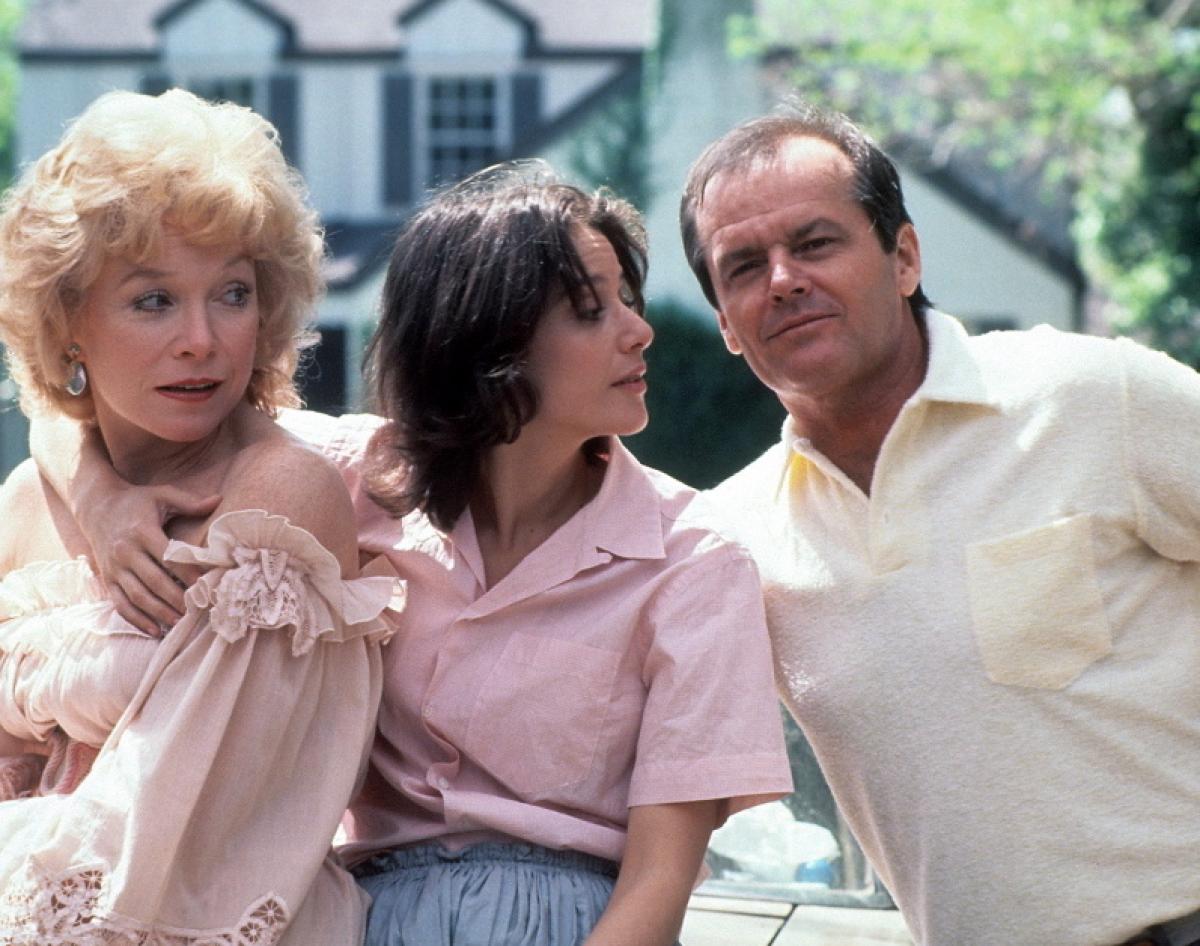
A rare case of being both critically and commercially successful, “Terms of Endearment” won the Best Picture at the Academy Awards and also managed to secure four other wins in several important categories.
The melodramatic feel-good drama is always a preferred genre of the Oscar committee in which to give their awards, and it was exemplified by the impeccable direction, acting, and screenplay in this film. After all, the affectionate relationship between the mother and daughter, despite generational conflicts, is a concept that a large number of people will identify with.
Jack Nicholson and Shirley MacLaine were excellent as their respective roles of retired astronaut Garrett Breedlove and Aurora Greenway, and both won Oscars for their roles. James L. Brooks won the Best Director award as well.
10. John Singleton for Boyz N The Hood
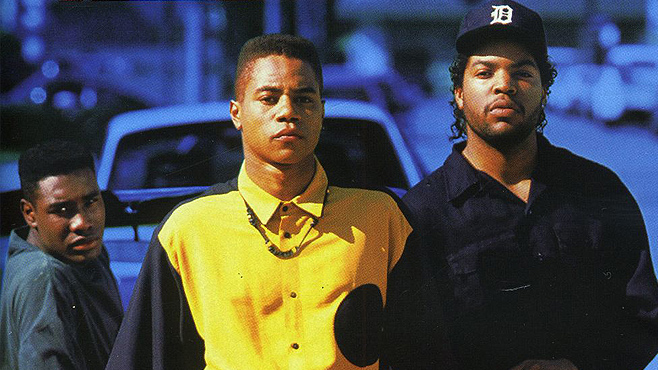
John Singleton was the youngest director to be nominated for an Oscar in the Best Director category in 1991. This record has not been broken since. An intimate portrayal of the Los Angeles ghetto based on the real-life experiences of Singleton, this film was greenlit because of the film trend started by Spike Lee’s “Do the Right Thing,” which was confirmed by the filmmaker.
This film has some noteworthy visuals worth remembering, like the dead body experienced by the friends together, similar to “Stand By Me.” Because of the cultural significance of the film, it was selected for preservation at the National Film Registry in 2002.